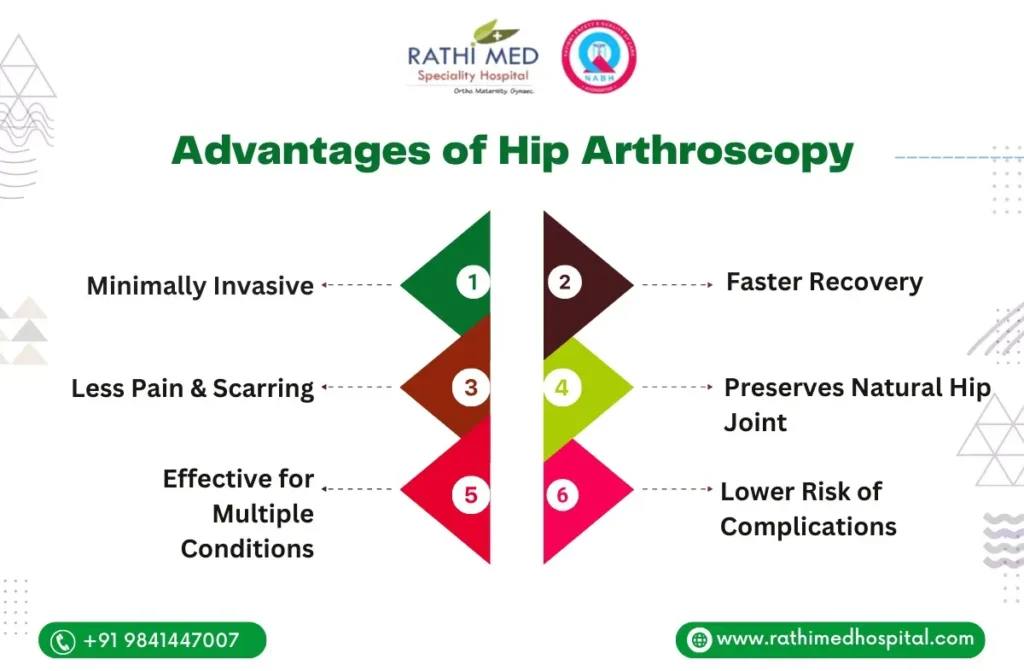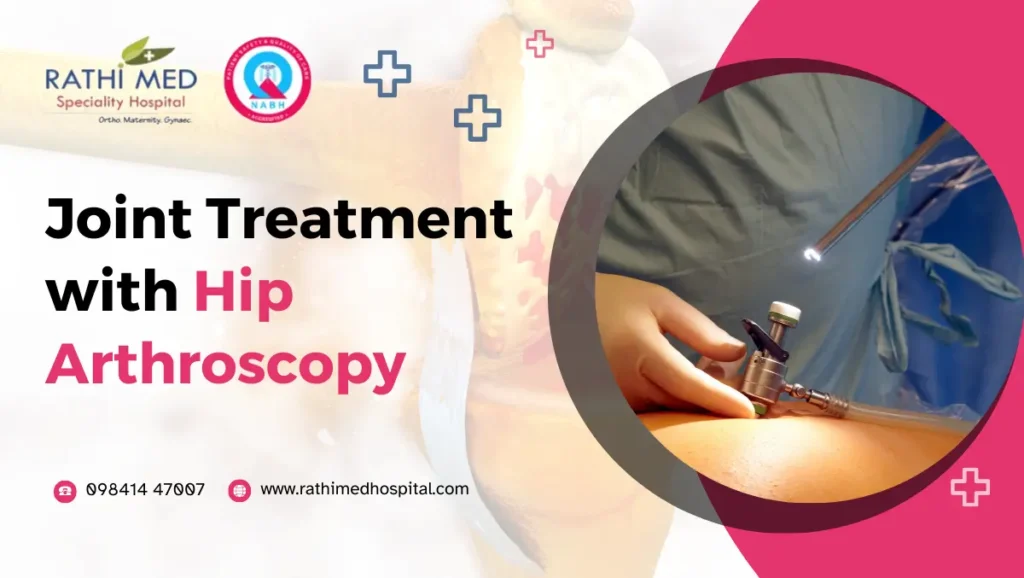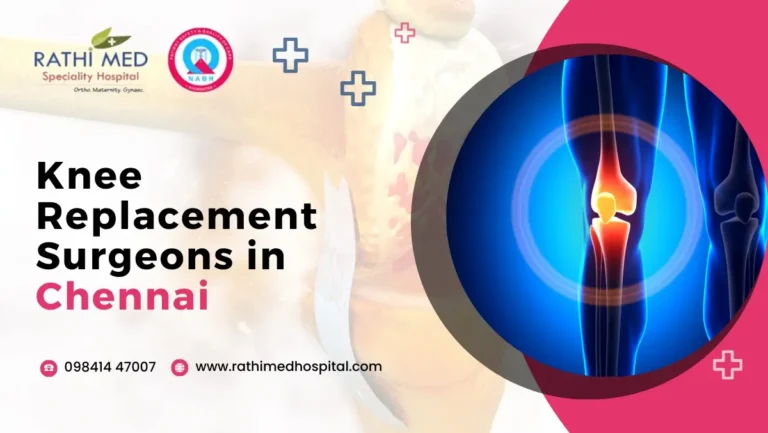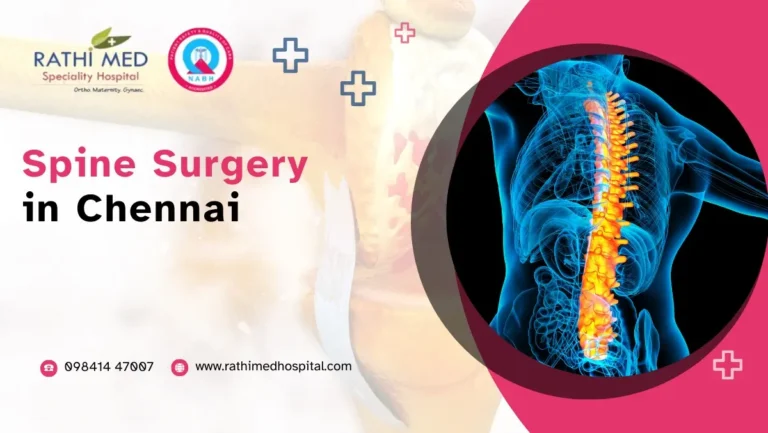Joint treatment with hip arthroscopy has revolutionized the field of orthopedics, offering a minimally invasive solution for diagnosing and treating hip-related problems. This advanced procedure has proven to be highly effective, enhancing the quality of life for individuals suffering from hip pain, reduced mobility, or joint damage. Joint treatment with hip arthroscopy is a game-changer for those seeking relief from persistent joint issues.
Overview of Hip Arthroscopy
Joint treatment with hip arthroscopy is a surgical procedure used to diagnose and treat a variety of joint-related issues in the hip. By utilizing a small camera and surgical tools inserted through tiny incisions, surgeons can address common problems such as labral tears, hip impingements, and cartilage damage. This procedure is popular due to its shorter recovery time and reduced risks compared to open surgery.
Key benefits include:
- Minimally invasive approach
- Faster recovery time
- Effective treatment for chronic hip pain
- Improved mobility and joint function
When is Hip Arthroscopy Recommended?
Joint treatment with hip arthroscopy is typically recommended for patients experiencing:
- Persistent hip pain unresponsive to conservative treatments like physical therapy or medication
- Labral tears, cartilage damage, or femoroacetabular impingement (FAI)
- Hip instability or snapping hip syndrome
- Unexplained hip pain requiring diagnostic evaluation
Symptoms That Indicate a Need for Treatment
- Stiffness and limited hip movement
- Clicking, locking, or catching sensations in the joint
- Pain during physical activity or prolonged sitting
- Swelling around the hip joint

The Procedure: How Hip Arthroscopy Works
Joint treatment with hip arthroscopy is performed under general or regional anesthesia and typically takes 1-2 hours.
Steps Involved:
- Incision and Camera Placement: Small incisions are made to insert a camera (arthroscope) and surgical tools.
- Joint Access: Surgeons assess the joint to identify damaged tissue or abnormalities.
- Treatment: Repairs are performed, such as trimming damaged cartilage or fixing labral tears.
- Closure: Incisions are closed, and the patient is moved to recovery.
Symptoms of Failed Hip Arthroscopy
While most patients experience significant improvement, some may face complications or unsatisfactory results. Recognizing the symptoms of failed hip arthroscopy is essential for early intervention.
Common Symptoms
- Persistent pain or stiffness post-surgery
- Limited range of motion
- Ongoing instability in the hip joint
- Clicking or locking sensations
Causes of Failure
- Incomplete diagnosis or treatment during the initial surgery
- Improper healing of repaired tissues
- Development of scar tissue or arthritis
Recovery and Rehabilitation
Recovery from joint treatment with hip arthroscopy varies depending on the severity of the condition treated.
Key Stages
- Initial Recovery (First Few Days):
- Use of crutches to minimize weight-bearing
- Pain management with prescribed medications
- Physical Therapy:
- Begins within a few days post-surgery
- Focus on restoring range of motion and strengthening muscles
- Full Recovery (3-6 Months):
- Return to regular activities and sports, based on the surgeon’s advice
Tips for Faster Recovery
- Follow your physical therapy routine diligently
- Avoid high-impact activities during the healing phase
- Maintain a healthy diet to support tissue repair
Intimacy After Hip Arthroscopy
Resuming intimacy after hip arthroscopy can be a concern for many patients. It’s important to discuss this with your surgeon or physical therapist.
General Guidelines
- Wait until your surgeon clears you for physical activities, usually 4-6 weeks post-surgery
- Avoid positions that place stress on the hip joint
- Communicate any discomfort with your partner and adjust accordingly
Patience and gradual progress are key to resuming normal activities, including intimacy, without risking complications.
Hip Arthroscopy Success Rate
The success rate of joint treatment with hip arthroscopy is impressively high, with most patients experiencing significant relief from pain and improved joint function.
Factors Influencing Success
- The expertise of the surgeon
- The severity of the condition treated
- Patient adherence to post-operative care and rehabilitation
Statistics
- Success rates range from 85-95% for common conditions like labral tears and impingements
- Patients under 40 years old tend to have better outcomes
Benefits of Joint Treatment with Hip Arthroscopy
Opting for joint treatment with hip arthroscopy offers numerous advantages:
- Reduced pain and inflammation
- Preservation of natural joint structures
- Minimal scarring due to small incisions
- Faster return to daily activities and sports
This procedure has become a game-changer for individuals looking for effective, minimally invasive solutions to their hip problems.
Conclusion
Joint treatment with hip arthroscopy is a highly effective and minimally invasive option for addressing a range of hip-related conditions. With its high success rate, shorter recovery time, and ability to alleviate chronic pain, this procedure is a promising solution for many patients. If you’re considering hip arthroscopy, consult an experienced surgeon to discuss your options and achieve the best possible outcomes. Joint treatment with hip arthroscopy could be the key to restoring your mobility and improving your quality of life.
Also Read: Hip replacement surgery in Chennai.





